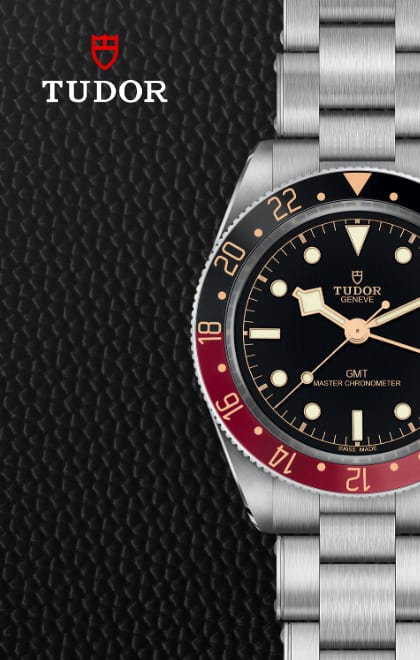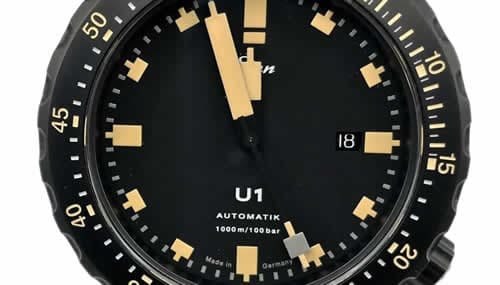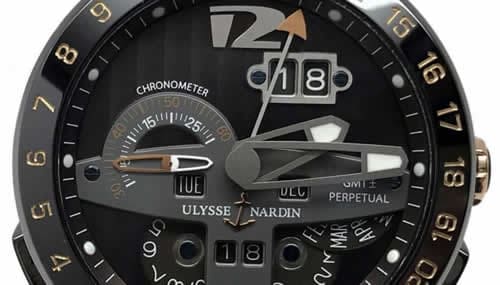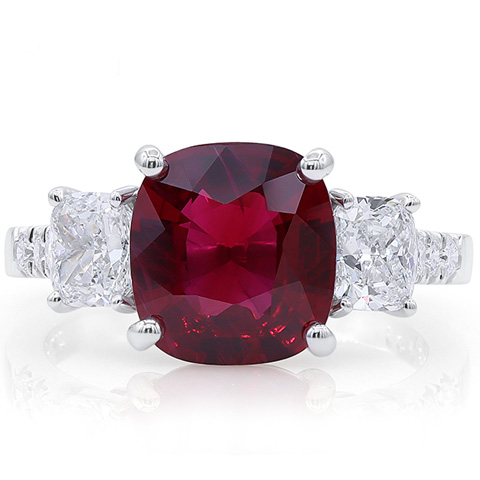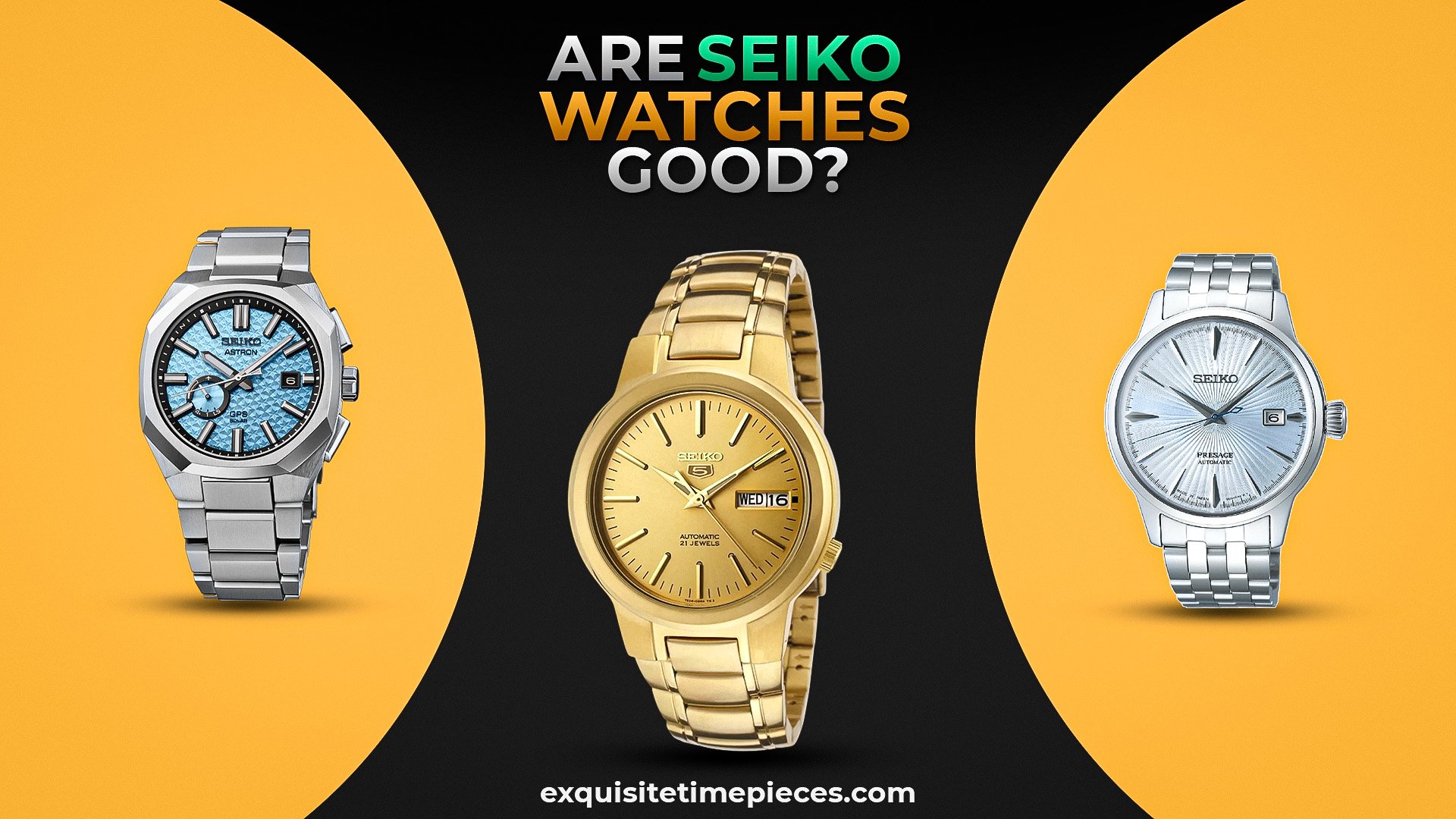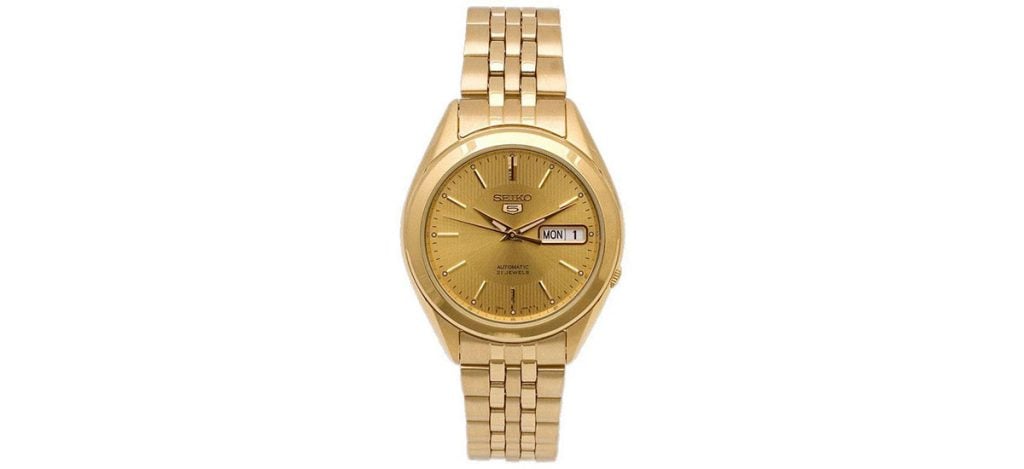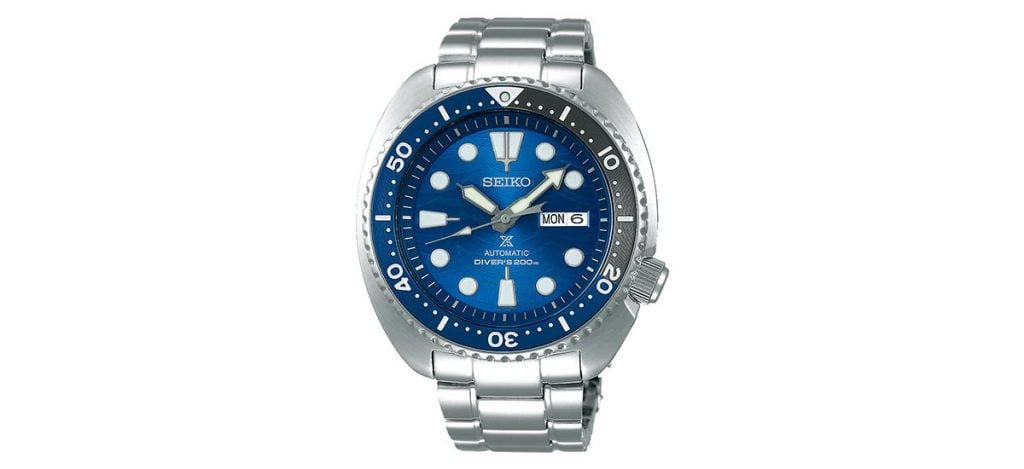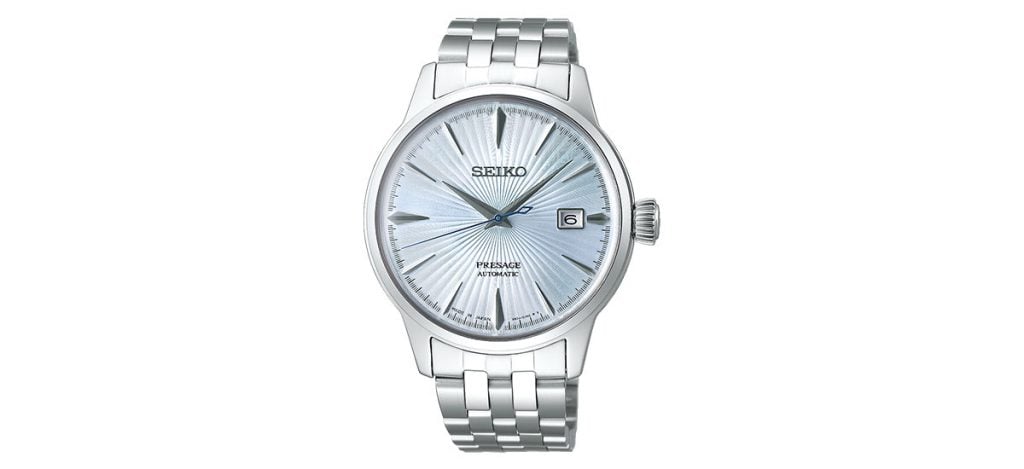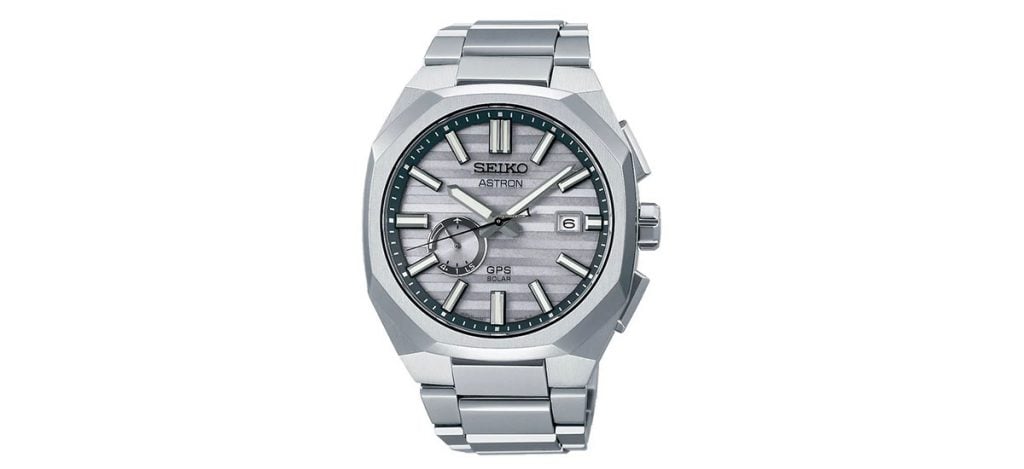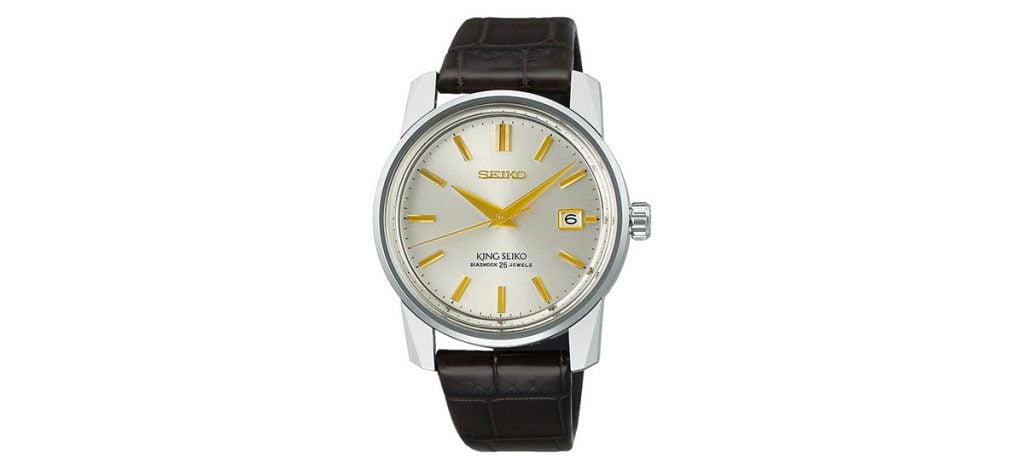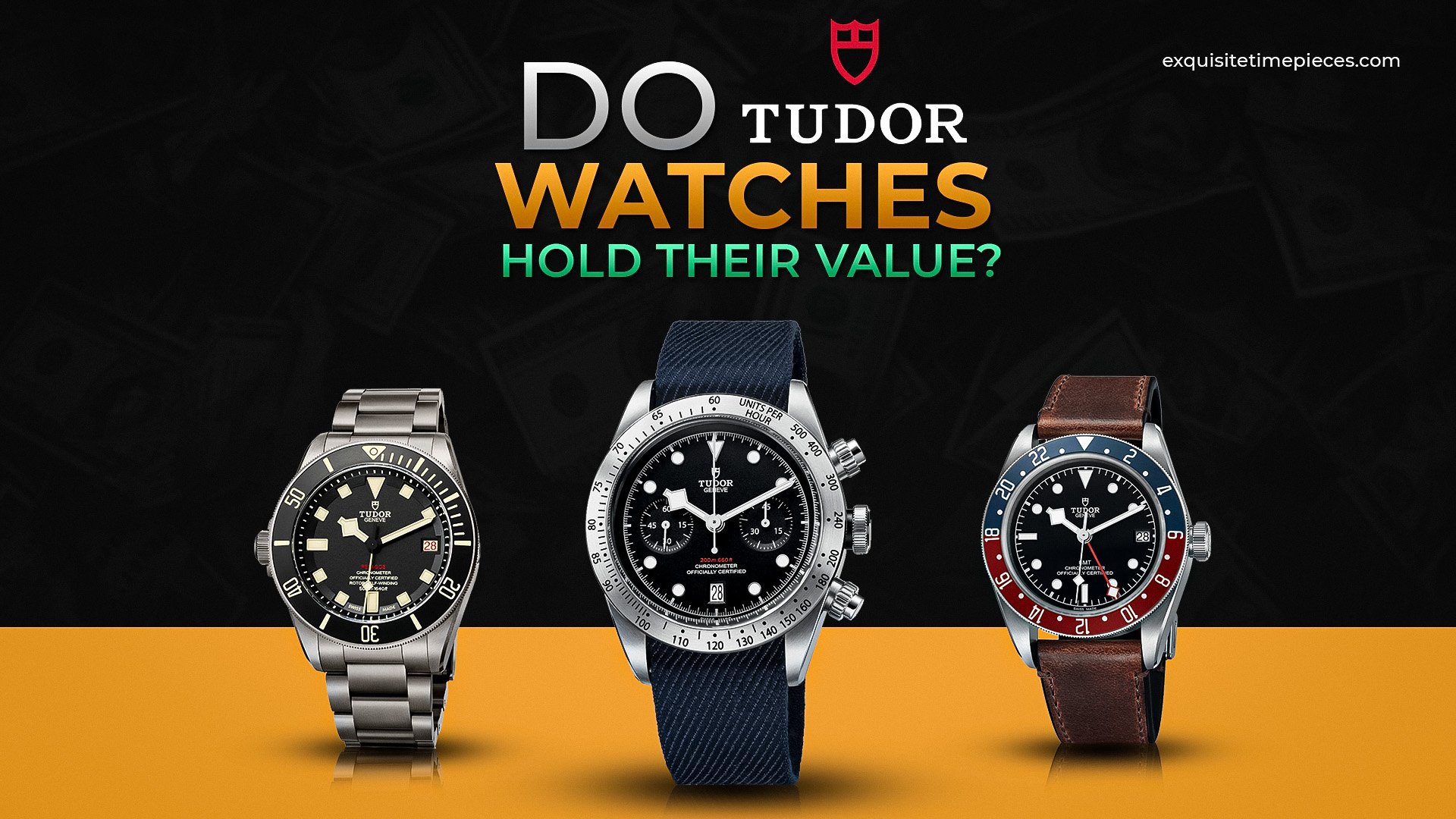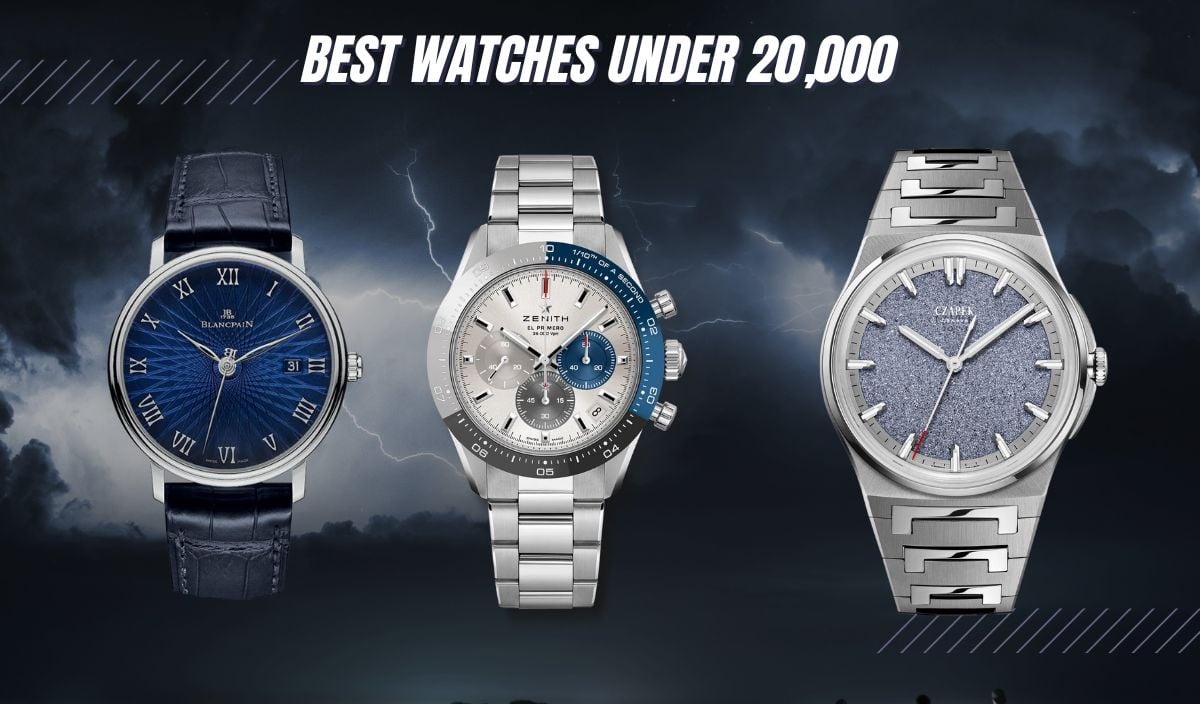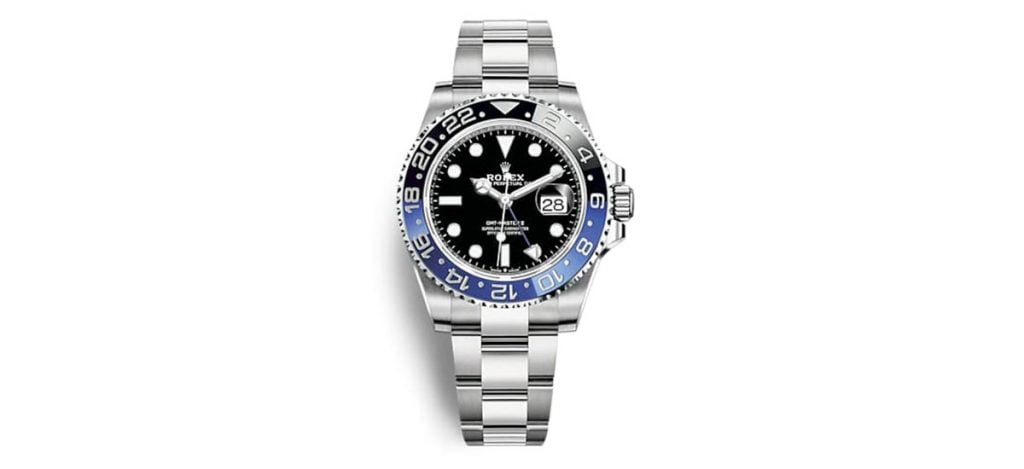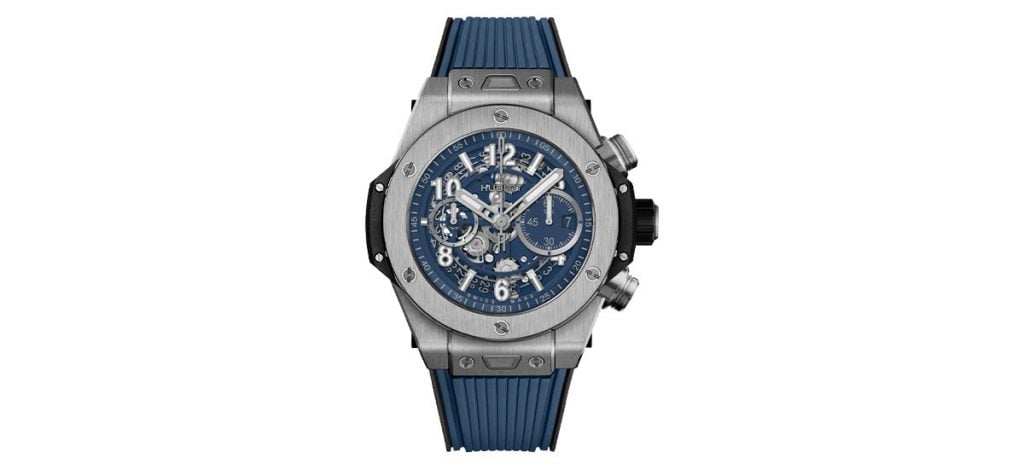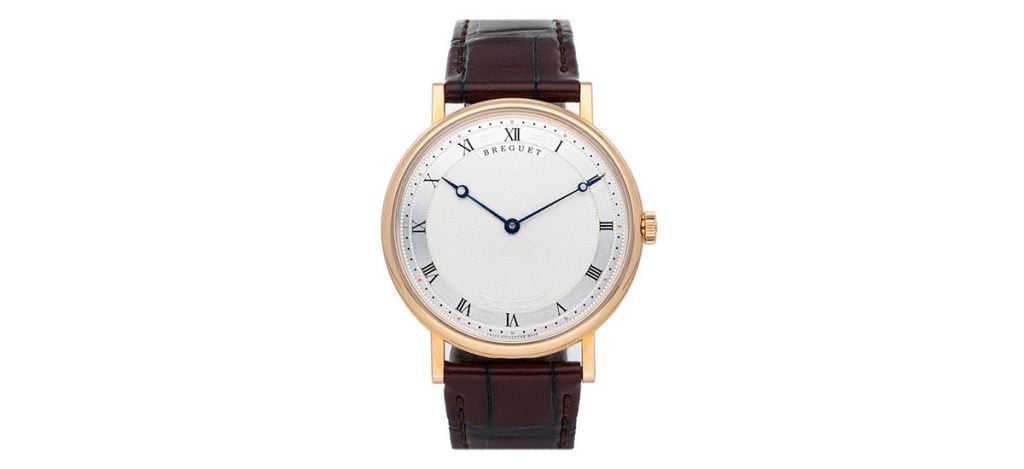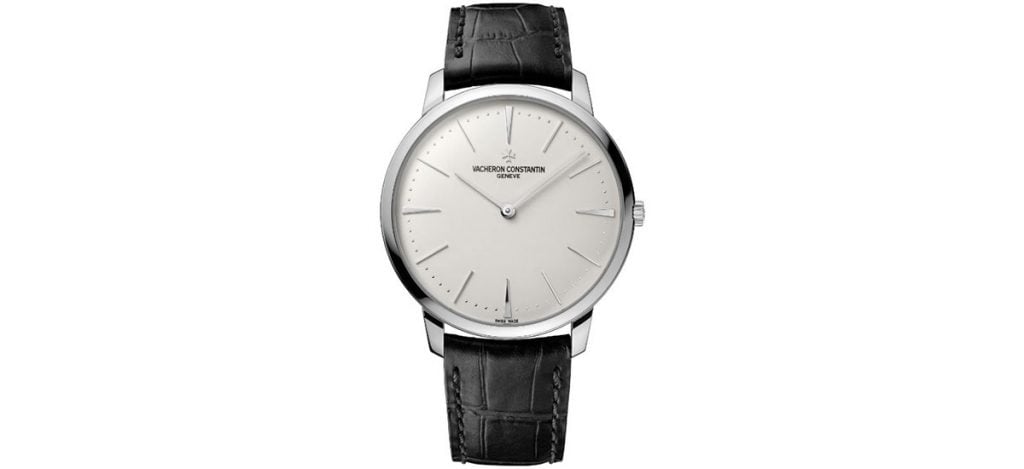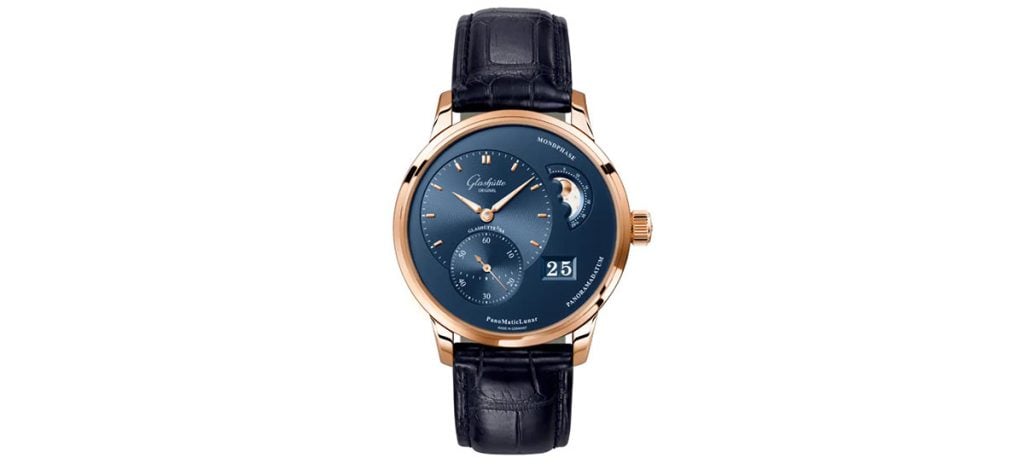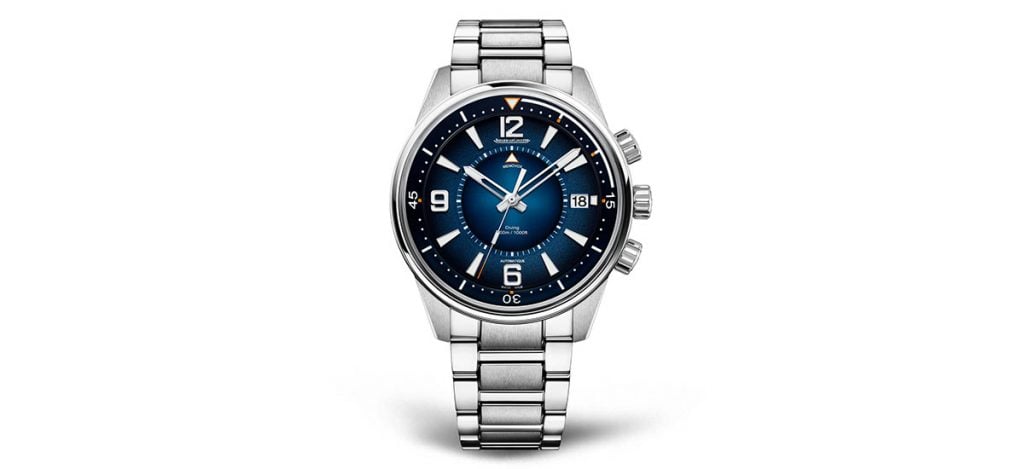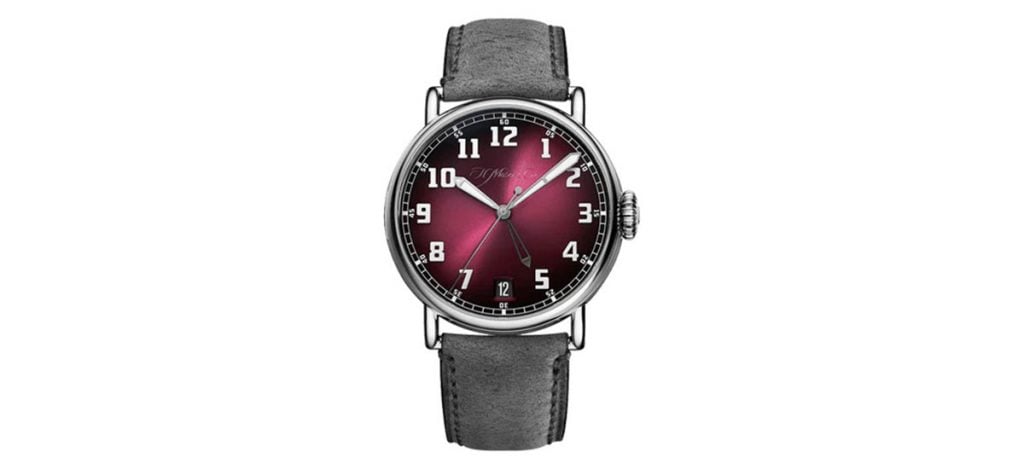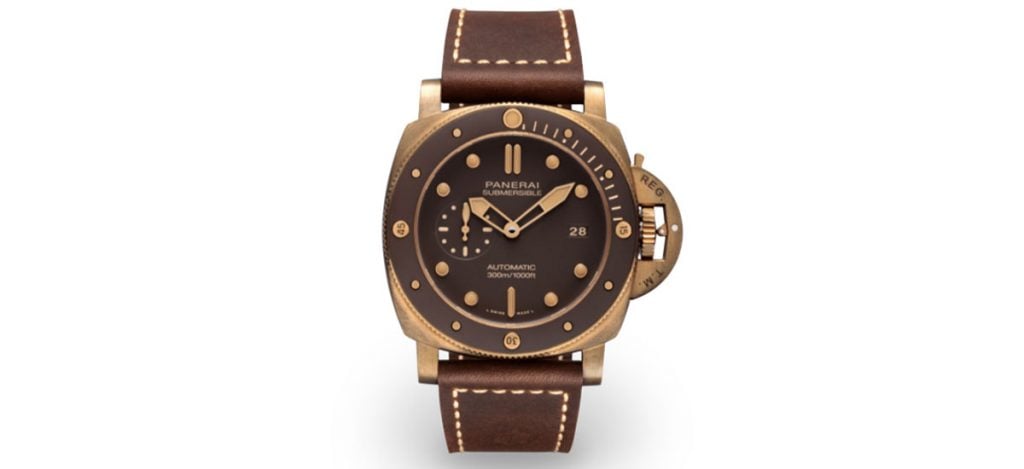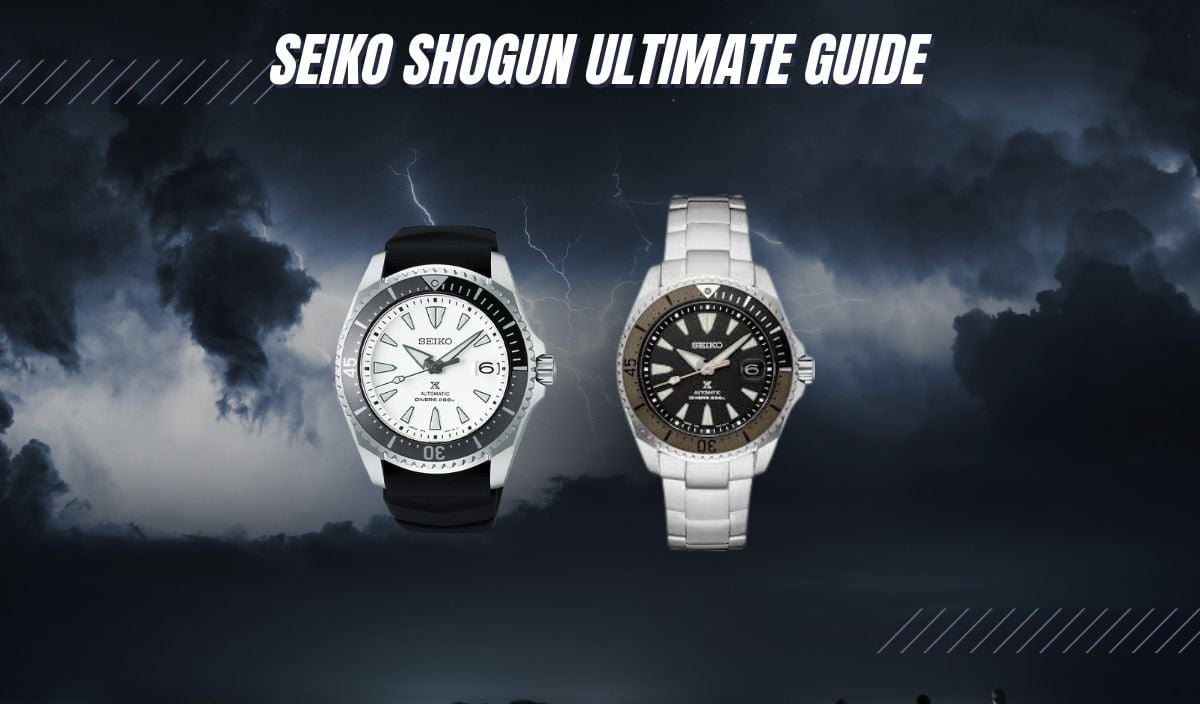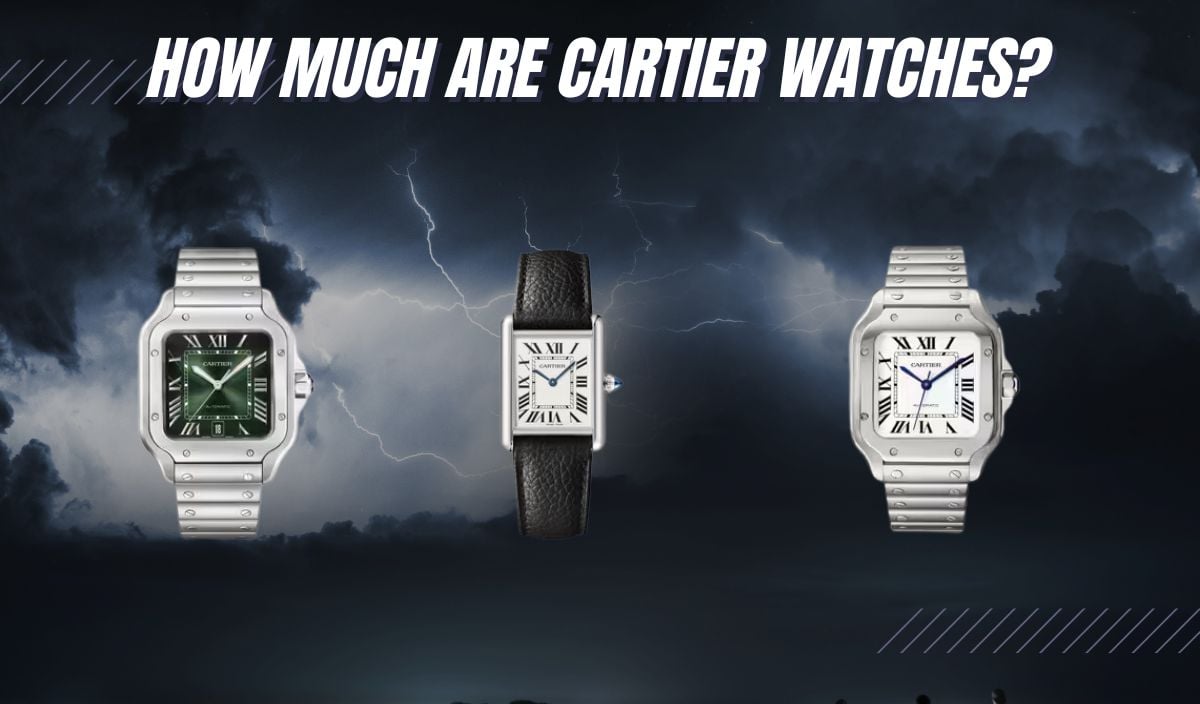
Last year, an ultra-rare Cartier Cheich watch sold for a staggering $1.1 Million at Sotheby, one of the world’s largest brokers of fine and decorative art, jewelry, and collectibles.
Rolex and Patek Philippe have largely dominated the world of watch auctions, but this would be the second time a Cartier would crash the auction records, attracting a high degree of recognition from the world’s most discerning horological collectors.
As the innovative French company continues to capture the attention of watch enthusiasts and lovers of fine jewelry worldwide, prices for Cartier watches are also rising. Cartier has been the go-to brand for those in the upper echelon who want to discreetly display their opulence and high social status, but the recent recognition is drawing a broad audience from all walks of life.
The Swiss watch brand, which is headquartered in Paris, France, is a longstanding Maison sought after by royals and nobles from around the world. From adorning the wrists of queens and princesses to stealing the show on lots of Oscars red carpet events, Cartier is still the unofficial jeweler of kings and the king of jewelers.
Whether you’re in the market to add a standout piece of art to your collection from Cartier, or you’re just curious about the prices, you’re sure to find answers in this article!
About Cartier Watches
From the first men’s wristwatch – the legendary Cartier de Santos – to the instantly recognizable Tank, Cartier is a brand epitomizing luxury, expertise, and exquisite craftsmanship. It is even credited with popularizing wristwatches at the turn of the 20th century with the release of the original Santos.
Ever since it first began producing elegant watches and jewelry in 1847, Cartier has established a strong reputation in the luxury watch industry. The brand combines traditional watchmaking techniques with innovative designs, resulting in timepieces that are both classic and contemporary.
Widely regarded as one of the most prestigious jewelry manufacturers, the French luxury Maison has been a trailblazer in the world of watchmaking.
Cartier watches are all crafted from high-quality materials, including stainless steel, gold (yellow, rose, or white), and platinum. They also incorporate luxurious elements such as diamonds and other precious gemstones into some models, adding to their elegance and exclusivity.
This year, a world-leading brand valuation consultancy, Brand Finance, ranked Cartier as the 7th most valuable brand in the world, with a value of over $12 billion. It has also maintained its spot among the top ten luxury jewelry brands in the world for over 50 years, with an endless list of famous fans.
Cartier’s watch catalog includes numerous jeweled watches, such as the Haute Joaillerie and Indomptables de Cartier. It has attracted many prominent wearers, such as Paris Hilton, Victoria Beckham, Sophia Vergara, Jennifer Aniston, Katie Holmes, Pippa Middleton, and Kate Middleton.
The luxury watch brand is known to create icon after icon in a wide range of watch collections, each with its distinct style and characteristics. Some popular collections include Santos, Tank, Ballon Bleu, Caliber de Cartier, Drive de Cartier, and Panthère de Cartier.
Cartier’s long innovative tradition has fixated it as one of the world’s most famous jewelry manufacturers with a robust performance in today’s luxury watch market too. Within the luxury watch market, the brand is a leading emblem, commanding prices as high as $100,000 for exquisite models adorned with diamonds and other precious gems.
Ultimately, the Cartier represents desirability and opulence, as very few watches say you’ve made it quite like Cartier.
The History of Cartier
Cartier is a renowned French luxury watch and jewelry manufacturer with a rich history dating back to the mid-19th century. Founded in Paris in 1847 by Louis-François Cartier, the company initially started as a jewelry workshop that Louis took over from his master, Adolphe Picard.
He ran the workshop successfully, offering exquisite pieces to an elite clientele. However, it was Louis-François’ grandsons, Louis, Pierre, and Jacques Cartier, who propelled the brand to international fame and established its reputation in the world of horology.
In 1904, Louis Cartier, a visionary and innovative designer, introduced the Santos wristwatch, named after the Brazilian aviator Alberto Santos-Dumont. Pioneer aviator Santos-Dumont had complained to Louis of the unreliability of pocket watches while flying and desired a practical timepiece that could tell the time accurately at altitudes above 25,000 feet.
The Santos wristwatch was one of the earliest examples of a purpose-built men’s wristwatch, as, at the time, pocket watches were more common. The timepiece featured a distinctive square case with exposed screws on the bezel and became a symbol of elegance and sophistication. For the first time, Cartier named the watch after its original wearer.
Building on the success of the Santos, Cartier continued to create iconic timepieces. By this time, branches had been opened in London, New York, and Saint Petersburg, and the fame of the young watch brand was quickly spreading.
During the First World War, Cartier introduced the Tank watch. The watch was inspired by the design of the newly introduced tanks on the Western Front in World War I. The Tank watch boasted clean lines, a rectangular case, and a unique integration of the lugs with the case, creating a seamless aesthetic. It quickly gained popularity and became a symbol of modernity and timeless style.
In the following years, Cartier expanded its watch collection with various models and designs. In the 1920s, the brand introduced the Tortue watch, characterized by its distinctive curved case shape, and the iconic Pasha de Cartier, a waterproof watch originally designed for the Pasha of Marrakech.
The Pasha featured a large round case, prominent Arabic numerals, and a protective screw-down crown cap attached to the case by a chain. Cartier also established itself as a pioneer in the field of women’s watches.
In 1932, the brand unveiled the Cartier Tank Basculante, a reversible watch that could be flipped within its case to protect the dial. This innovative design allowed women to adapt their timepieces to different occasions and outfits.
Over the years, Cartier collaborated with renowned watchmakers and craftsmen, further enhancing the quality and technical excellence of their timepieces. In the 1920s, the brand partnered with Edward Jaeger (of Jaeger-LeCoultre) to create movements for their watches. They also collaborated with Vacheron Constantin, Audemars Piguet, and Movado to acquire solely for Cartier.
In recent decades, Cartier has continued to innovate and push boundaries. The Tank Française watch collection was launched in 1996, and in 1997, the brand celebrated its 150th anniversary with legendary creations.
Cartier Ballon Bleu was introduced in 2007, featuring a distinctive spherical crown guard, and the Caliber de Cartier collection in 2010, showcasing their in-house movements. Cartier also expanded their watch offerings with models like the Drive de Cartier, Clé de Cartier, and Santos de Cartier, catering to different tastes and styles.
Today, Cartier is entirely Swiss-owned by the Richemont Group and is regarded as one of the most prestigious jewelry manufacturers in the world. The headquarters are still in Paris, but the brand operates more than 200 stores in 125 countries.
All Cartier watches are revered for their impeccable craftsmanship, timeless designs, and attention to detail. They are regarded as status symbols and are worn by celebrities, dignitaries, and watch enthusiasts worldwide. The brand’s legacy of combining elegance, innovation, and artistic flair has firmly established it as one of the most prestigious and influential watchmakers in the world.
How Much Are Cartier Watches?
Cartier has been producing high-quality watches since the 1900s and has been a prominent player in the world of horology for over a century. The price of Cartier watches can vary greatly depending on the model, materials used, complications, and other factors.
At the lower end of the spectrum, you will find some Cartier watches priced between $2,500 to $5,000. In this price bracket, you can purchase entry-level classics like the Ronde Must de Cartier watch and some stainless steel Cartier watches.
For Cartier’s iconic models like the Santos, Ballon Bleu, and Caliber de Cartier, prices generally start around $4,000 for basic models in stainless steel. As you move up to watches with precious metal cases, diamond accents, and complex complications, the prices can exceed $100,000 or even more for limited-edition or highly intricate pieces.
Cartier Santos
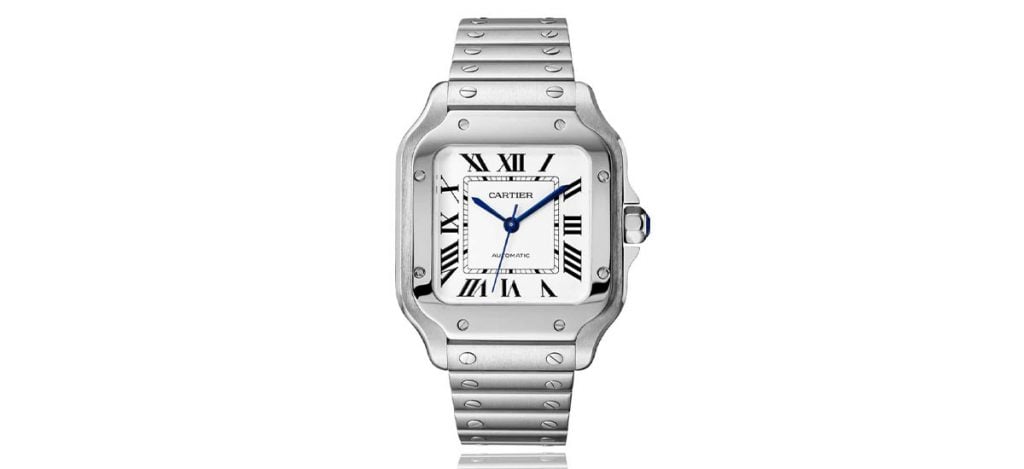
Cartier Santos, introduced in 1904, is Cartier’s flagship model. It was designed for Brazilian aviator Alberto Santos-Dumont, a good friend of Louis Cartier, who wore the watch on his wrist as he made the world’s first public engine-powered flight for 21.5 seconds. This feat earned the timepiece the distinction of being the first pilot’s wristwatch in the world.
Designed to transcend time, Santos Cartier is a statement piece characterized by a distinct square dial, art deco Roman numerals, and distinctive screws on the bezel and bracelet. The Santos-Dumont and Santos de Cartier are the two major lines available in this collection though other iterations of the Santos are available.
The Santos-Dumont became commercially available in 1911 and is a classic interpretation of the original Santos. During the Second World War, production of the Santos Dumont ceased and only resurfaced in limited editions in 1998 and 2004.
Fast forward to 2019, and the cult classic returned as a standard production piece. Santos de Cartier, on the other hand, was launched in 2018 and is a more contemporary variant with ultra-modern vibes. Both watches retain the spirit of the original Santos with a square shape, sloping Roman numerals, railroad minute track, and eight decorative screws on the bezel.
The watches in the Santos collection are available in stainless steel, titanium, ceramic, platinum, etc. Prices for watches in the Santos collection begin from $3,900 for ladies’ watches with a quartz caliber to over $68,000 for highly complicated gold and platinum variants with in-house mechanical movements when buying directly from the manufacturer.
Top models in this collection are also available in white gold with encrusted diamonds. Expect to pay over $120,000 for the ultra-high-end watches (like the Santos 100 XL Tourbillon) with precious metals and exquisite complications.
When exploring the second-hand market, prices may vary depending on the specific model, condition, and rarity. Starting prices for stainless steel Santos-Dumont and Santos de Cartier are around $2,000 to $5,000, depending on the size and movement used. Skeletonized models can be gotten on the gray market for around $30,000, while premium models that feature gold, diamonds, and/or complications, such as a flying tourbillon, can cost upward of $100,000.
Cartier Tank
Created in 1917, the Cartier Tank is an icon inspired by the shape of a French Renault tank (the Renault FT-17) which Louis Cartier saw in use during World War I. The unorthodox rectangular case and linear design of the Tank was a challenge to the traditional round watches of that era and the timepieces quickly became an instant success.
Since its debut, the dress watch has remained the epitome of understated elegance and has been captivating discerning minds with various sub-collections like the Solo, Américaine, Française, and Anglais.
The Tank collection has undergone many changes in the use of materials, the dial designs, movements within, and so on, but its classic good looks and practical design have not changed. The Tank has graced the wrists of some of the most influential personalities in the world including luminaries like Princess Diana, Muhammad Ali, John Kennedy, and Fred Astaire.
The rectangular case is typically made of precious metals like gold or stainless steel. It is known for its clean lines and geometric form with a cabochon-shaped crown typically adorned with blue sapphire or other precious gemstones. The dial of the Cartier Tank watch usually features Roman numerals, often in a bold and stylized font, with slender (often blue-colored) sword-shaped hands.
Like Santos, the Cartier Tank watch design is strongly influenced by the Art Deco movement of the early 20th century. Extraordinary models, such as the limited edition Tank Chinoise watch, a skeleton wonder that showcases a Manufacture mechanical movement with manual winding, also exist.
The Chinoise features a platinum case, brancards, buckle, and crown adorned with a dazzling array of 162 brilliant-cut diamonds totaling 1.77 carats. It also has gray steel sword-shaped hands and a sapphire crystal.
The Cartier Tank watch is available in both quartz and mechanical movement versions for men and women. There are also solar-powered versions like the Ref. WSTA0060.
The starting price for a new Cartier Tank watch typically ranges from around $2,500 to $3,500 for the entry-level models, while more intricate and high-end versions could go well beyond $20,000 or even higher.
Limited edition and rare vintage models can command significantly higher prices, up to $100,000. Prices in the resale market fluctuate consistently and vary on the condition of the watch, demand, and supply, model, but prices begin from around $2,100 for pre-owned entry-level Tank watches.
Cartier Pasha
The lore surrounding the creation of the Cartier Pasha is much like that of the Santos. Though there is no evidence to support the story, the legend goes that the Cartier Pasha was invented at the request of a ruler, the Sultan of Marrakech, named Pasha.
This Sultan, a great admirer, and friend of Louis, desired a watch he could wear at all times – even while bathing – without caring about its functionality or accuracy and asked Cartier if he could provide one for him.
Louis Cartier, in his usual innovative and creative mastery, took up the challenge and invented what is largely considered to be Cartier’s first waterproof timepiece, “the Pasha watch”, in 1932. It remained a special edition and went under the radar until 1985, when the model was officially introduced into the Cartier collection and named “Pasha de Cartier.”
The classical watch had two distinct features, still found in some Pasha models today. Firstly, it was fitted with a screw-down crown cap, fastened to the case by a small chain, and secondly, a grid was placed over the crystal of the watch.
The outstanding crown guard, which has not gone through any major change to this day, and other elements like a round case, screw-down case back, and centrally-positioned lugs are what make the Pasha a masterpiece. The Pasha watch also typically features Arabic numerals, sword-shaped hands, and a date function.
Over the years, Cartier has released various iterations of the Pasha watch, incorporating different materials, movements, and complications. The collection includes models for both men and women, offering a wide range of sizes, styles, and materials, such as stainless steel, gold, and diamonds.
An overwhelming selection of Pasha timepieces can be found easily and in 2020, Cartier launched many exquisite models for men and women. The price of a Cartier Pasha watch can vary significantly based on several factors, including the specific model, materials used, complications, and other design elements.
However, prices begin from $5,300 for stainless steel models with a quartz or automatic caliber (such as the Ref. WSPA0021) on the official Cartier website, while limited editions like the Pasha de Cartier Serti Vibrant watch command a staggering $206,000.
The Pasha de Cartier Serti Vibrant watch is a masterpiece and features a 35mm white gold case and bezel adorned with 228 brilliant-cut diamonds totaling 3.60 carats. The dial, also in white gold, boasts an additional 318 brilliant-cut diamonds totaling 3.10 carats, while the white gold bracelet set has 828 brilliant-cut diamonds, totaling 6.12 carats.
On the secondary market, prices vary greatly, but you can purchase a pre-owned stainless steel Pasha for as little as $2,000. The Cartier Pasha collection continues to be a symbol of sophistication and luxury, appealing to watch enthusiasts and collectors worldwide.
Cartier Ballon Bleu
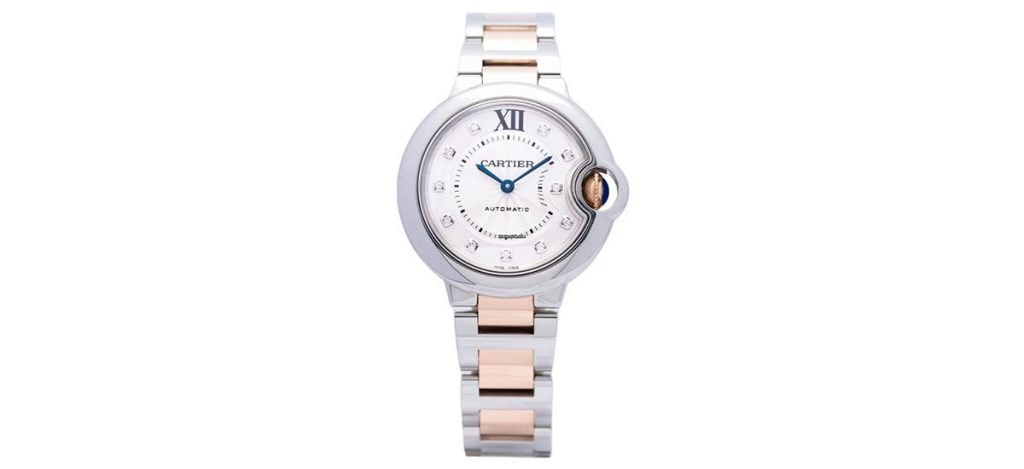
Created in 2007, the Ballon Bleu de Cartier is a quintessential model, second to none. According to Michael Groffenberger, the senior category director of fine jewelry & watches at The RealReal, if Ballon Bleu is ripped off from Cartier to form a unique brand, it would be the fourth largest worldwide.
From gracing the wrists of royals like Kate Middleton to complimenting the attires of A-list celebrities like Johnny Depp, the Ballon Bleu epitomizes Cartier’s vision to create a territory marked by a unique style. As its name suggests, the Cartier Ballon Bleu features a distinctive round case with a prominent crown guard resembling a floating balloon or bubble.
The collection combines classic elegance with modern design elements, making it a favorite among watch enthusiasts and fashion-conscious individuals alike. The Ballon Bleu is a perfect blend of artistry and technical mastery, designed to leave a lasting impression on anyone and everyone.
Other notable features of the Cartier Ballon Bleu watches include a rounded case and a fluted or smooth crown set with a blue cabochon-shaped synthetic spinel. The dial often showcases the signature Roman numerals and blue sword-shaped hands, and the cases are typically crafted from high-grade materials such as stainless steel, yellow gold, white gold, and platinum.
Cartier also offers variations with diamond-set bezels for those seeking additional luxury and glamor. The watches in this collection also house reliable Swiss-made mechanical or quartz movements. Cartier has provided a wide range of unique watches for men and women that all adhere to the highest standards of watchmaking.
The watches are usually paired with stainless steel or gold bracelets that match the case material, but there’s also the option of leather straps in various colors and finishes, allowing for customization and personalization.
There are variations available for both men and women, with options for smaller or larger dials, different materials, and various complications like chronographs and moon phases. Prices for a Cartier Ballon Bleu watch begin from $6,000 for entry-level timepieces like the Ref. WSBB0067 and goes as high as ~$490,000 for the Clash (Un)Limited watch Ref.HPI01459.
The Ref. HPI01459 is lavished with Rhodium-finish white gold everywhere and a reversible bracelet set with 179 onyx and 4435 brilliant-cut diamonds totaling 14.4 carats. Ballon Bleu’s pure lines, precise proportions, charming aesthetics, and accuracy have made it a coveted choice among fashion enthusiasts. Starting prices on the secondary market are around $5,800.
Cartier Ronde
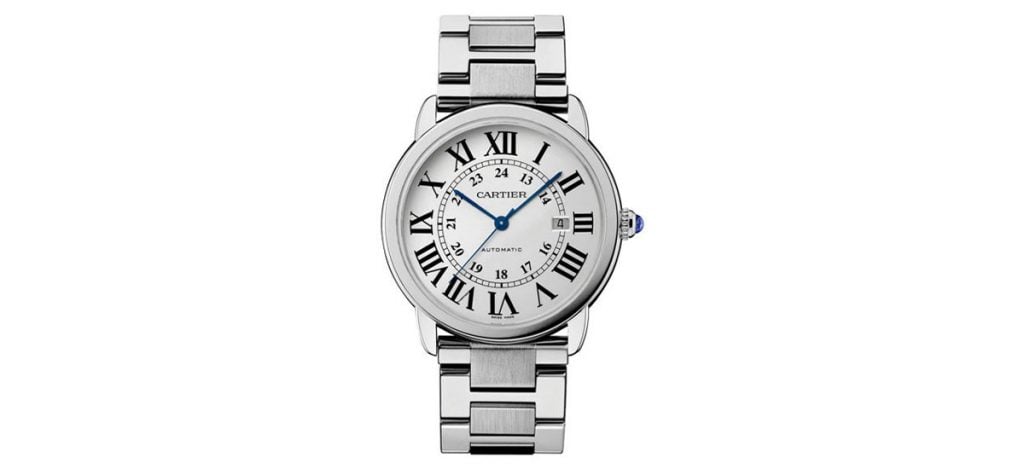
The Cartier Ronde collection was designed by Louis Cartier in the 1930s. If you’re looking for a watch from Cartier that beautifully balances classical elegance with other recognizable elements of a Cartier timepiece, you’ll find it here.
The line disappeared for a while but was reincarnated in 2009 and includes sub-collections like the Cartier Ronde Solo and Ronde Louis models. All the watches here pay homage to the original Cartier Ronde watch and bear the same geometric contour.
Self-winding or precision quartz movements are used to power the Ronde watches and they are offered in 29, 36, or 40mm cases. Each watch has a sandblasted dial decoration and retains its distinctive ‘Chemin De Fer’ (meaning railroad in French) feature with Roman numeral indices.
The Cartier Ronde watch collection is vast, with each piece carefully crafted to embody the exceptional savoir-faire and timelessness of the French luxury Maison. Its portfolio is filled with fascinating pieces like the Masse Mystérieuse skeleton—a true marvel of mechanical ingenuity.
The lowest price for a Cartier Ronde watch on the brand’s website is $3,195.34 for an entry-level stainless steel watch with high autonomy quartz movement (the Ref.
WSRN0030). Prices move from that point on to over $300,000 for the enigmatic and highly sophisticated Cartier Masseap Mysterieuse. On the secondary market, the majority of Cartier Ronde watches change hands from around $3,000 to over $38,000 for platinum editions.
What’s The Most Expensive Cartier Watch?
The Cartier Phoenix Décor Secret Watch, priced at $2.76 million, holds the record for being the most expensive Cartier watch that you can buy today. Tucked away in a glittering phoenix-shaped beauty, the watch features 3,010 brilliant-cut diamonds, as well as pear-shaped and portrait-cut diamonds worth just over three carats. The eyes of the Phoenix are made from emeralds, and the timepiece is part of the Merveilles du Nil de Cartier collection.
What’s The Cheapest Cartier Watch?
At the time of writing this article, the cheapest Cartier watch in the brand’s portfolio is a Ronde de Cartier. Priced at $2,700, the Ronde Must de Cartier Ref.WSRN0030 presents an opportunity for average earners to get a sweet taste of the good life.
Entry-level Tank watches can be obtained for $3,200 (for example, the Ref. WSTA0061 with a photovoltaic SolarBeat™ movement), while the cheapest Panthère de Cartier can be purchased for $3,600.
Is Cartier Watch A Good Investment?
When it comes to investing in luxury watches, Cartier is a brand worth considering. Cartier watches have consistently shown a strong performance in terms of value retention and appreciation, with many timeless classics coveted by watch enthusiasts and collectors alike.
While several factors contribute to how well watches from the legendary Maison hold their value or even appreciate, limited or special editions always hold their worth and increase in value over time in the second-hand market due to their exclusivity.
Timeless classics such as the Tank or Santos are known to hold their value well over time, too, because of their enduring appeal. Cartier watches are often seen as a status symbol worn by celebrities, royalty, and influential figures, adding to the brand’s exclusivity.
Again Cartier uses high-quality materials and lots of precious metals and gems in the production of their timepieces. Of course, a watch crafted with solid gold will make a better investment option than a stainless steel timepiece.
The attention to detail and meticulous craftsmanship also ensures that each Cartier watch is a work of art that will last in excellent condition for years to come.
While Cartier watches can be a good investment, it’s important to note that the value of a watch is influenced by various factors, including market demand, rarity, condition, and the specific model or collection. It’s advisable to do thorough research, consult with experts, and consider your personal preferences before investing in a Cartier watch.
Conclusion
Cartier is a watchmaking pioneer with over 160 years of experience and expertise. If Rolex is “pret-a-porter” and Patek Philippe is “haute couture” then Cartier is the crème de le crème of the Haute Horlogerie industry. Check out our selection of authentic pre-owned Cartier watches at the best prices here.


